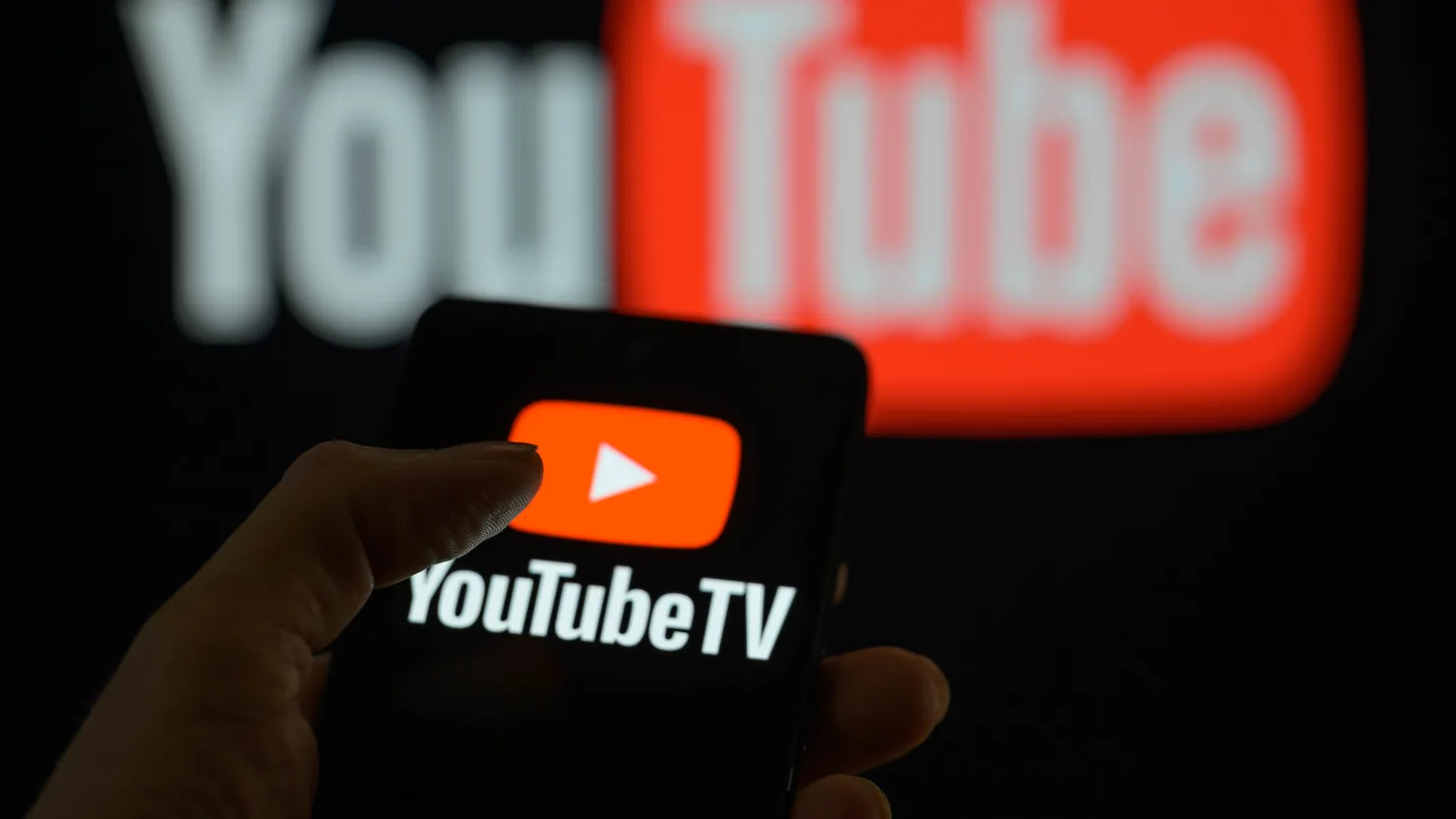Disney Channels Go Dark on YouTube TV Amid Carriage Negotiations
Subscribers to YouTube TV were met with an unexpected blackout on Thursday, as Disney’s suite of channels, including major sports, entertainment, and documentary networks, became unavailable on the streaming platform. The disruption comes after the two companies failed to finalize a new carriage agreement before the Thursday midnight deadline.
The dispute highlights ongoing tensions between content providers and streaming platforms over licensing fees and the perceived value of premium programming. Disney has long advocated for higher carriage fees to reflect the cost of producing its content, particularly live sports and high-profile entertainment shows, while YouTube TV has warned that meeting those demands would increase costs for subscribers and reduce available options.
A Disney spokesperson said, “Unfortunately, YouTube TV has chosen to deny their subscribers access to the content they value most by refusing to pay fair rates for our channels. Without a new agreement, subscribers will not have access to our programming, which includes top live sports, college football, and leading entertainment series.”
YouTube TV responded with a statement on its social media accounts: “We understand how disruptive it is to lose channels you enjoy, and we remain committed to working with Disney to reach an agreement.” The company also noted that the move “directly affects our subscribers while benefiting competing live TV services.”
While jarring for viewers, the blackout was preceded by a week of warnings. YouTube TV users had received notifications about a potential interruption, and Disney had run advisories to alert its audience about the looming blackout, emphasizing the importance of its networks for live sports and popular entertainment programming.
At the heart of the disagreement are financial considerations. Disney is seeking higher carriage fees that it believes fairly compensate the company for its investment in high-quality programming. The company argues that these fees are essential to maintain its content standards and support the production of live sports coverage and entertainment series.
YouTube TV has countered that the proposed fees would ultimately hurt subscribers, resulting in higher costs and fewer viewing choices.
This is not the first time YouTube TV has faced carriage disputes. Earlier in the year, last-minute deals with other major networks prevented similar disruptions, while previous standoffs with other broadcasters have highlighted the high stakes involved in such negotiations.
Industry analysts note that disputes like this are increasingly common in the streaming era, reflecting the delicate balance between content creators and distribution platforms. For YouTube TV, losing Disney channels could lead to subscriber dissatisfaction and cancellations, particularly among sports fans and families who rely on Disney’s entertainment networks. For Disney, the blackout may serve as leverage to secure higher fees, but it also risks frustrating viewers during a critical programming period.
As of Thursday night, there was no clear timeline for when Disney channels might return to YouTube TV. Both companies indicate that negotiations are ongoing, though neither has provided a specific resolution date. Subscribers are left to monitor updates and consider alternative platforms if the blackout continues.
This incident serves as a reminder of the evolving dynamics in the U.S. media landscape, where streaming platforms and traditional networks negotiate over revenue, access, and content control. For now, YouTube TV users must navigate the blackout while the industry watches closely to see how the dispute resolves.

